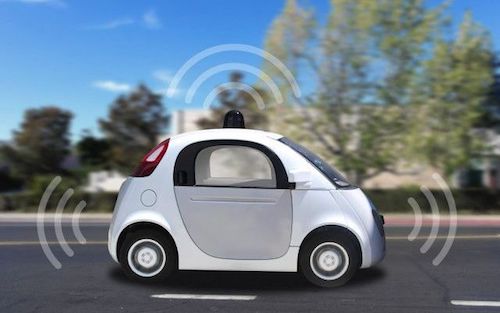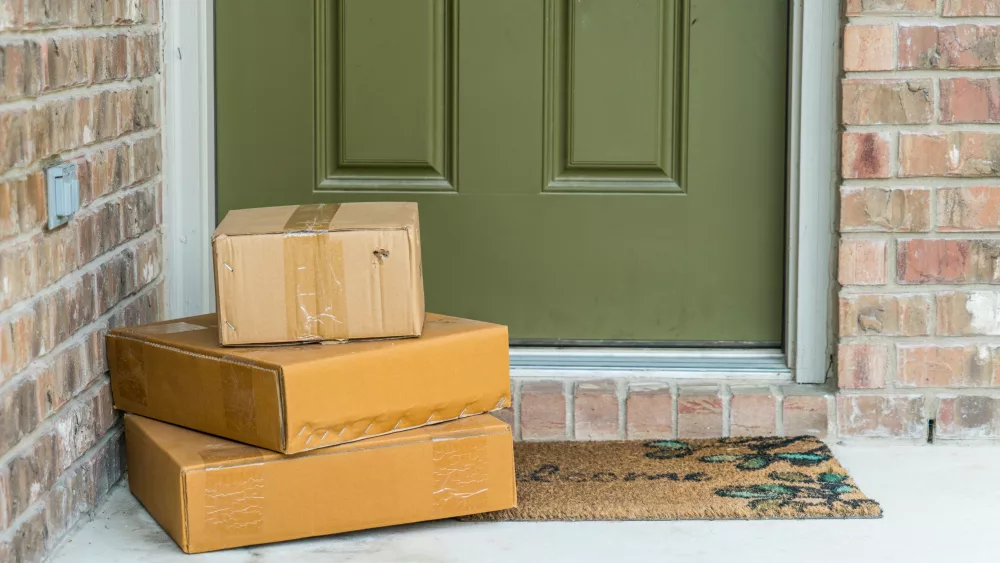So, I bought a new car. My new ride is 2019 Lexus ES 300h (for hybrid), though the all-electric Chevy Bolt was tempting, in this day of four-buck gasoline, as was the new Tesla Model 3. It’s also crammed with new technology.
There’s so much tech, in fact, that the dealership has a technology specialist to teach you how to use your new car. The technology guide for the car is bigger than my old car’s user manual. I’m technology-oriented, but even for me, the first experience of driving my smart car was a bit overwhelming. You have to understand: the height of technology in my old car was a remote door lock. My daughter’s 2010 Toyota Corolla has better technology; she can open her trunk remotely.
Almost the first thing I did when we got the car was to pair my iPhone with it. My old car was built before smartphones existed, so this was a new and exciting feature. It’s certainly safe and useful to answer the call by pushing a button on the steering wheel. Of course, a Bluetooth-enabled car is pretty old-hat—even a basic Toyota Yaris comes with it.
Since I tend to keep a car for quite a while (my old one is a 1995 Lexus SC 400) with 411,000 miles), I took my own advice and did what I call “buying out on the technology curve.” In other words, I paid for a number of advanced features, knowing that in a few years, they will be standard equipment, just as power windows were an option, once upon a time). Though it’s not a Tesla with “self-driving” capabilities, my new car has features such as lane tracking and adaptive cruise control, and I was interested in how “smart” these features actually are.
Adaptive cruise control, i.e. cruise control that takes account of the car in front of you, has also been around for a while, though it’s not standard equipment. I can set the speed for 55 and let the car worry about keeping me a safe distance from the car in front of me. Of course, if another car moves into that buffer space, the car has a tendency to brake hard, rather than just easing off the gas as a human driver might do. And it also doesn’t work as well as one might hope at stop signs and traffic lights. At a light or stop sign, it will bring me to a complete stop if there is a vehicle in front of me. But without a car in front of you, it will cheerfully drive 55 through the red light at Stony Point and Highway 116, or move into the intersection when the car in front of turns right.
Besides smart cruise control, the other big “smart” feature in my new car is lane tracking. Sensors (a forward-looking camera behind the rear-view mirror) and software allow the vehicle to (usually) detect the lane markers on the roadway, and adjust the steering wheel (you can feel it move gently under your hands) to keep you in the middle of your lane. On Sonoma County’s rural roads without lane markers, of course, it’s useless, and at night on older roads with faded lines, it also has trouble. On a well-marked freeway in daylight, however, it works well. Coupled with the cruise control, it’s a first approximation of a self-driving car. But it does require keeping my hands on the wheel, or the lane-tracking will disengage.
My new car also brakes if it detects a pedestrian in its path or senses that I’m about to hit something in front of me. For obvious reasons, I haven’t tried this out, but it alerts me when one of my fool dogs walks in front or behind the car when it is moving. And backing into the garage, the information screen displays a big red “BRAKE!” message when I get too close to the garage wall.
Like all technology, there are downsides. The system seems slower to react than I would. For example, the automatic high beams stay high longer than I’m comfortable with, and I don’t use them. And of course, the more tech there is, the greater the chance that something might break. Almost everything in my old car was mechanical. With hundreds of sensors, and dozens of microprocessors, my new ride adds a whole new layer of electronics and software to the base mechanical systems. You have to trust that the manufacturer has engineered reliability, not just coolness, into these systems.
Lastly, this vehicle has tempered my confidence that true self-driving vehicles are imminent, despite remarks by Elon Musk (Tesla’s CEO) to the contrary. If anything, driving this vehicle requires the driver to pay attention to not only the road and car, but also to what the automated functions are doing in reaction to their inputs. While I’m impressed by what they can do some of the time, I’m not yet ready to trust them all of the time.





